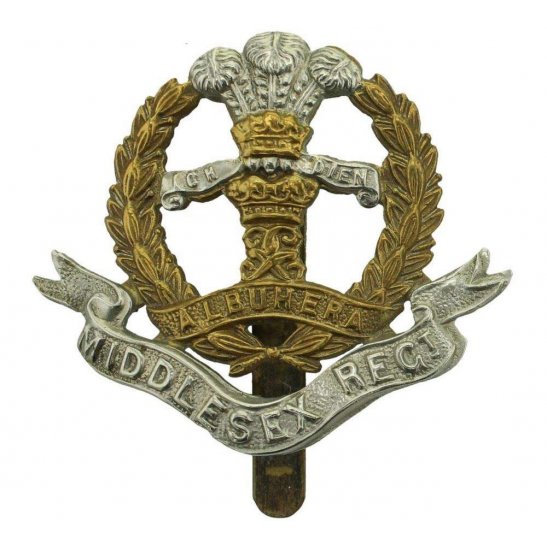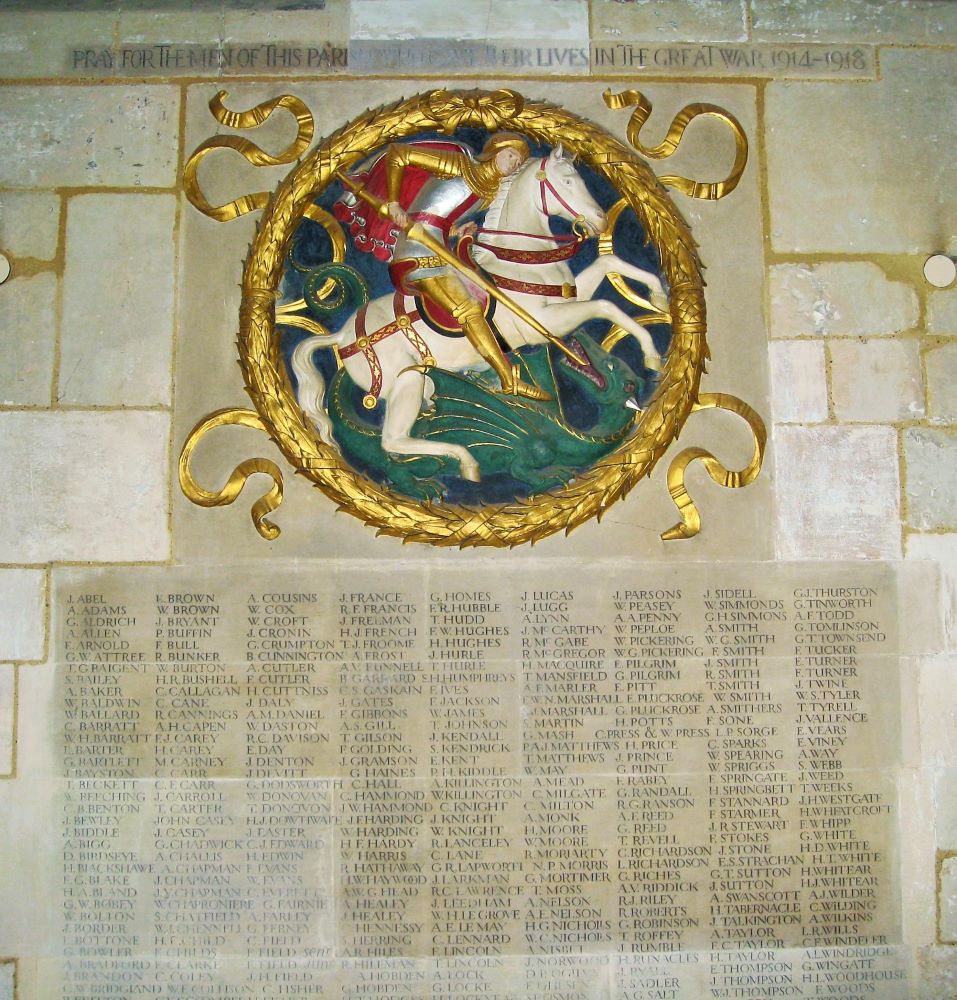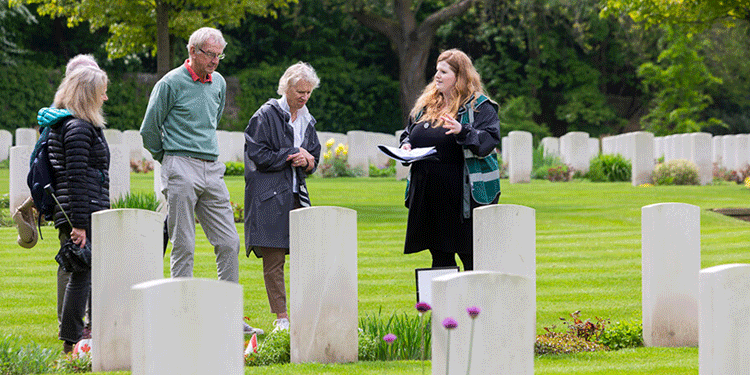
Ostensibly, Frederick Tucker was the son of George Tucker, an omnibus coachman/driver (from Devonshire), and Charlotte Tucker (formerly Bennett) (from Kennington). However, Frederick was born c.1887, at Kennington, in Surrey, but his mother (a spinster) did not marry George Tucker (a bachelor) until 29 July, 1894, some seven years after Frederick was born.
He is believed to have been born Frederick Bennett, the illegitimate son of Charlotte Bennett, who assumed the surname Tucker after his mother married. Neither he nor his mother have been identified in the 1891 census.
By 1901 they were living at 39 Peacock Street, in Newington, Southwark, London. There were no other children.
Ten years later his parents were living at 3B Stopford Road, in Walworth. Frederick Tucker married Phoebe Reddell at St. Mary's Church, in Newington, on 27 March, 1910, when both were living at 39 Penton Place in Newington.
Frederick was then employed as a packer, and he listed his father's occupation as a 'fishmonger'! They were to have just one child, Phoebe Josephine, born in the following December.
By 1911 they were living at 87 New Street, in Kennington, with Frederick's occupation being given as a paper cutter (die stamping coils and toilet rolls), for a wholesale stationer's.
His widow was to later live at 22 Northlands Street, off Coldharbour Lane, in Camberwell, Surrey. She later remarried, one Henry G. Bennett.

Frederick Tucker's service record has not survived and what is known has been extrapolated from other sources.
He enlisted at Southwark, in Surrey, in the Duke of Cambridge's (Middlesex Regiment), as a private, no. G-7925, and was posted to the 13th (Service) Battalion.
The 13th Battalion was formed at Mill Hill in September, 1914, and became part of the 73rd Brigade in the 24th Division. In December, 1914, it moved to Hove, and then to Shoreham in May, 1915, and to Pirbright the following month.
With a strength of 27 officers and 847 other ranks, the 13th Battalion landed at Boulogne, in France, on 2 September, 1915, with Private Tucker one of its number.
The division concentrated between Etaples and St. Pol, and then marched to the Loos sector where it was initially in reserve. It went into action on 26 September, in the area of the Hohenzollern Redoubt and Fosse 8, until 29 September, when it marched out and eventually went to Lambres.
It suffered 13 other ranks killed; 7 officers and 77 other ranks wounded; and 3 officers and 70 other ranks missing. In October the battalion moved to Belgium and occupied trenches in the St. Eloi sector and remained in the area through to December, when it was billeted at Hellebrouck.
In January, 1916, the battalion spent time in the trenches at Hooge followed by Sanctuary Wood, where it remained for the remainder of the month, suffering 2 officers and 49 other ranks killed.
After relief in Poperinghe the battalion occupied the 'H' Trenches and Hooge trenches in February, and supports around Ypres.
In March it moved back to Sanctuary Wood, and as brigade reserve at the Belgian Chateau, where it suffered from heavy bombardments. At the end of the month it took over trenches opposite Messines.
On the night of 28/29 April the battalion was subjected to a gas attack which affected virtually the whole position and resulted in 4 officers and 113 other ranks becoming gas casualties.
It remained in the Messines sector until the middle of June, when it took over trenches at Spanboekmolen, and then back to the Kemmel Shelters at the end of the month.
In July it took over trenches at Wytschaete until 11 July when it moved to Dranoutre.
By the end of July, 1916, the battalion had been moved to the Somme sector, and arrived at Happy Valley on 2 August. It then practised attacking 'Guillemont trenches' until 17 July.
On 17 July the battalion moved into the trenches and Arrow Head Copse. During the night the battalion was subjected to a very heavy enemy counter-barrage, resulting in one officer killed and three wounded.
At 2.45 pm on 18 August, 1916, the battalion attacked the Guillemont trenches, but was held up just outside them by machine-gun fire from a strong point on the right, and was then shelled heavily while lying in the open.
The battalion suffered 6 officers killed; 5 officers wounded; and about 340 other ranks, killed, wounded or missing.
The battalion was relieved that night and moved back to Bricquetterie.
The CWGC lists 114 other ranks serving with the 13th Battalion who died on 18 August, 1916, one of whom was Private Frederick Tucker. He was aged 29.

Having no known grave Frederick Tucker is commemorated on the Thiepval Memorial, on the Somme, in France. He is also commemorated on the Southwark Cathedral war memorial, in Surrey (London).

Frederick Tucker's service earned him the 1914-15 Star; British War Medal, 1914-20; and Victory Medal, 1914-19.

